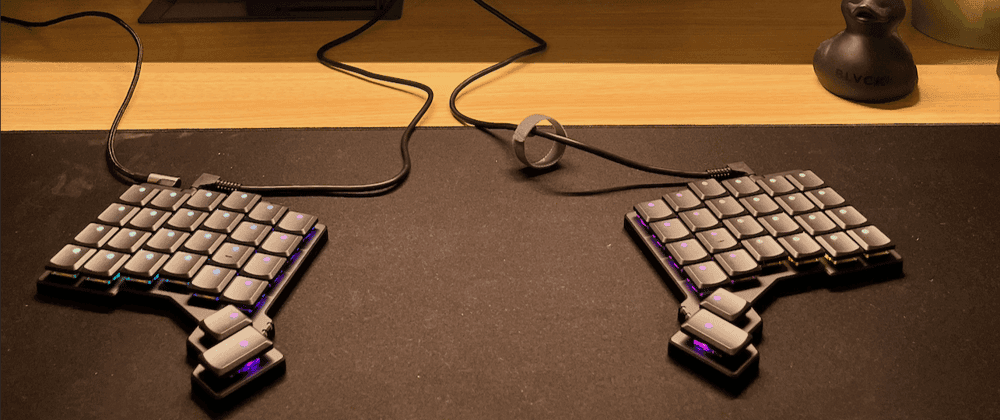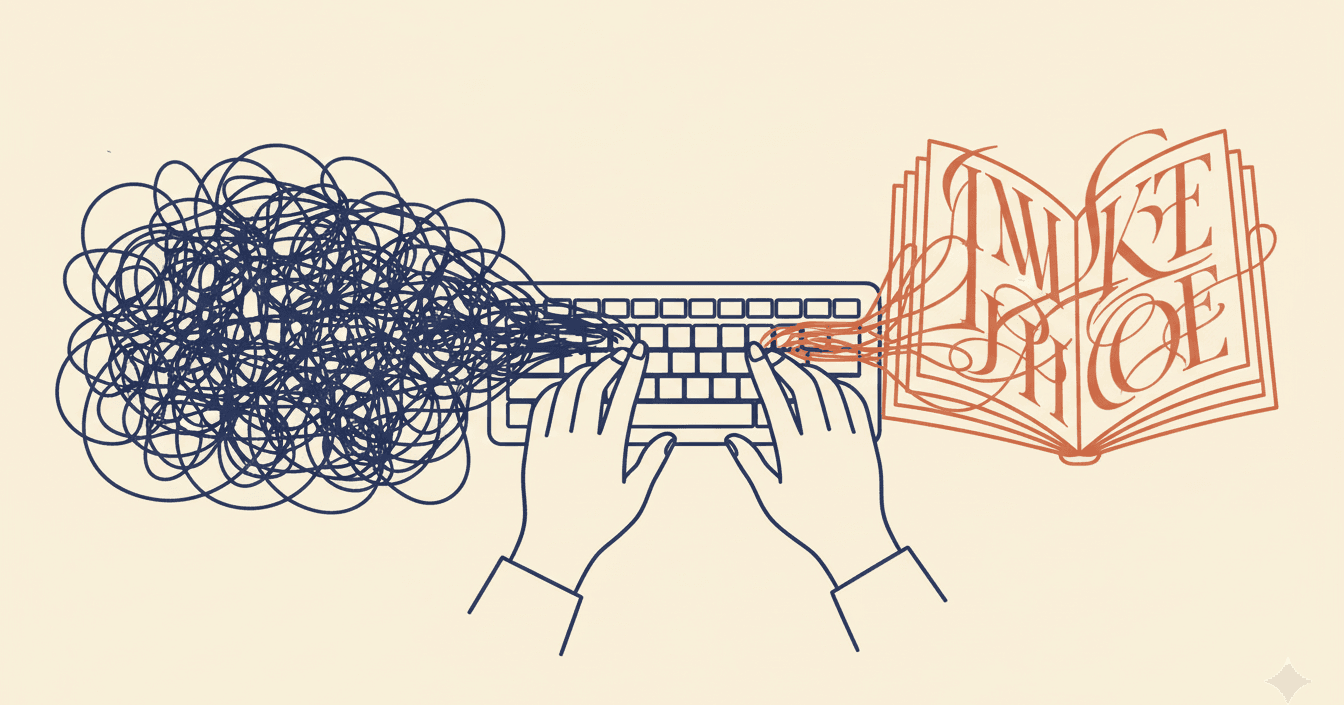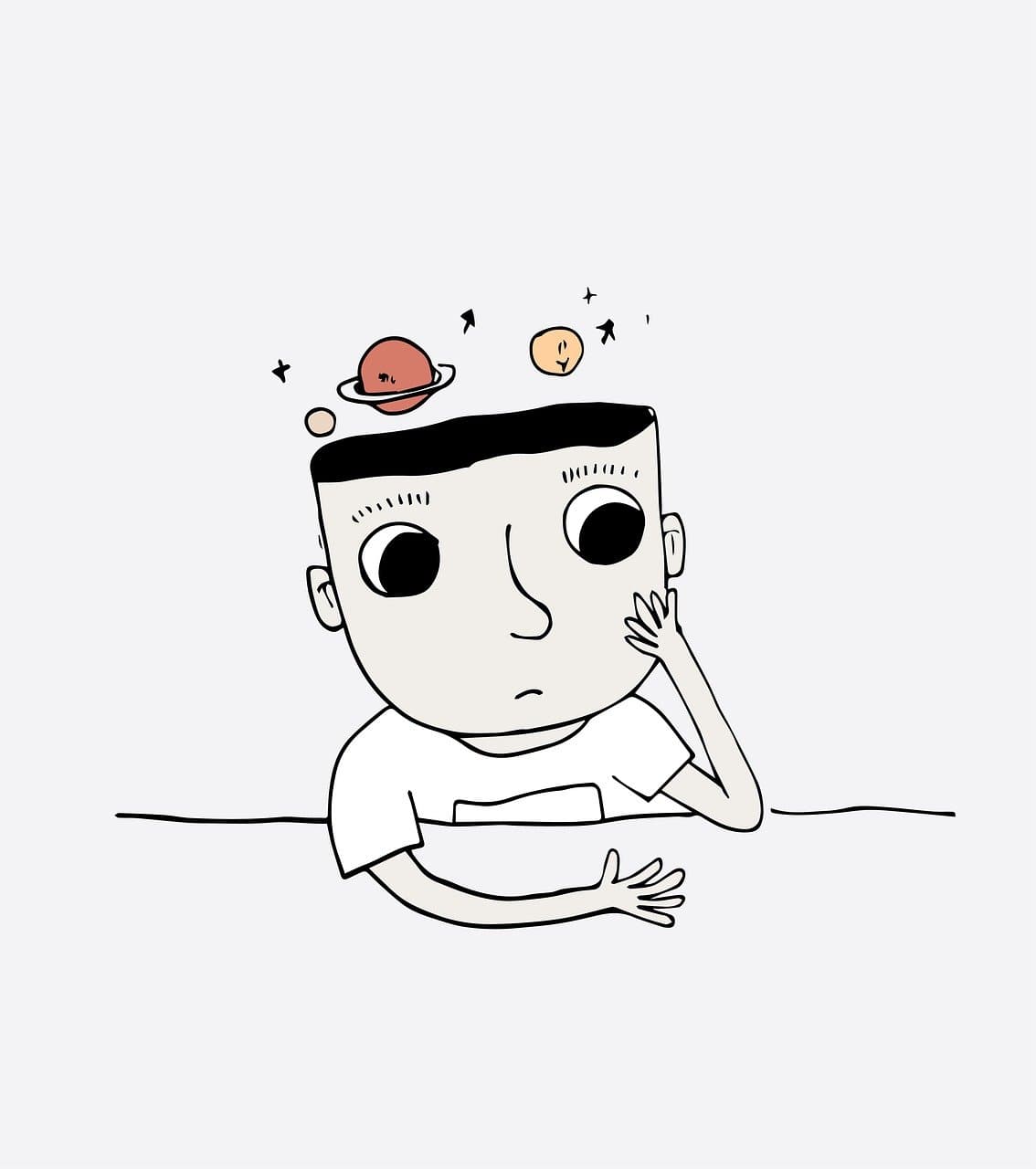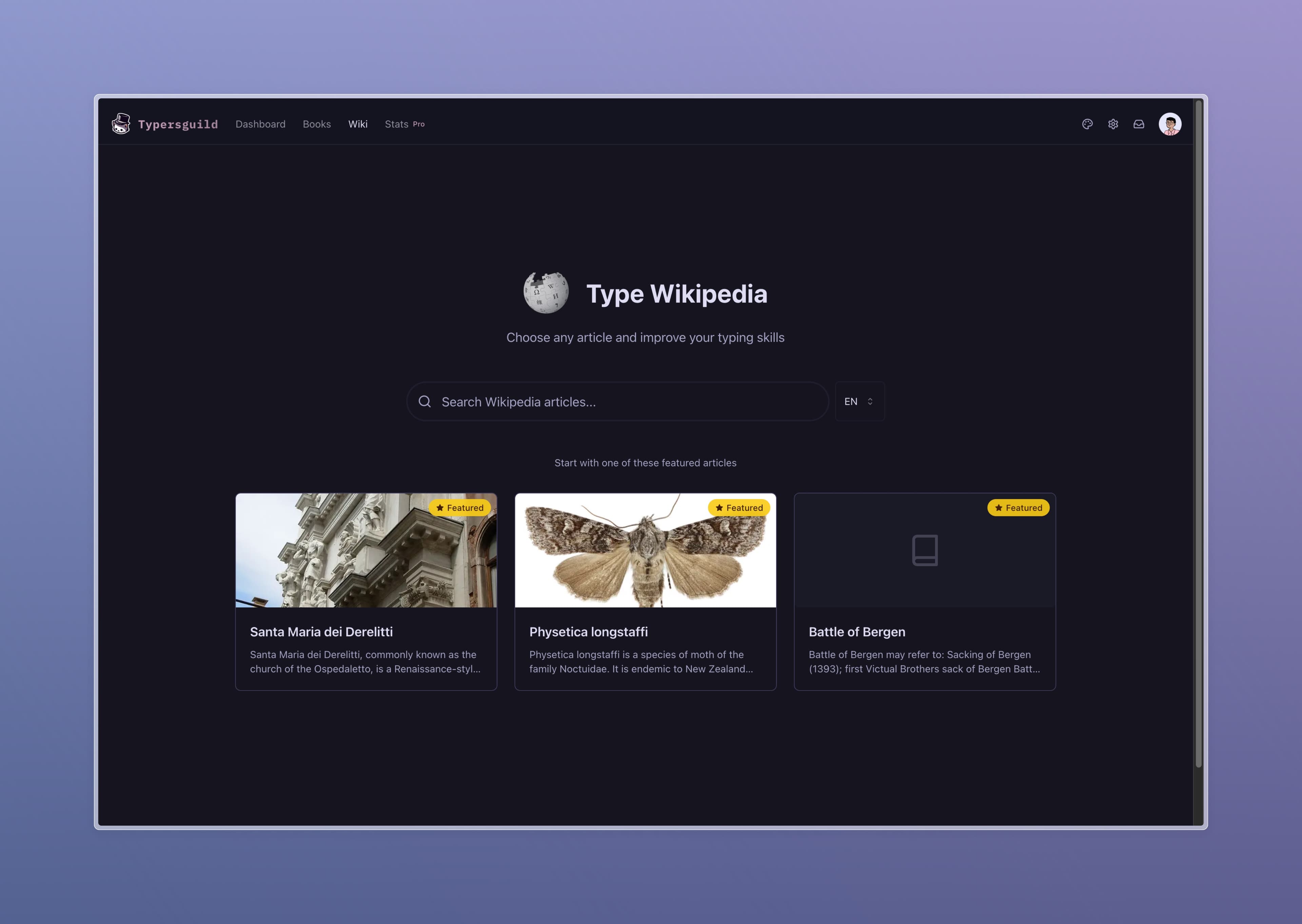The Power of Touch Typing for Developers

As developers, we spend countless hours in front of our computers, crafting code and bringing ideas to life. But have you ever stopped to consider how much time you're losing due to inefficient typing? Enter the world of **touch typing** – a skill that can significantly enhance your productivity and transform your coding experience.
Why Touch Typing Matters for Developers?
1. Speed Boost: ⚡ Touch typing allows you to type significantly faster than hunt-and-peck methods. This means you can translate your ideas into code more quickly, reducing the gap between thought and implementation.
2. Reduced Cognitive Load: 🧠 When you don’t have to think about where the keys are, you can focus more on problem-solving and logic. Your fingers do the typing while your brain concentrates on the code.
3. Fewer Errors: 🚫💥 Touch typing improves accuracy. Fewer typos mean less time spent on debugging simple mistakes and more time for tackling complex problems.
4. Improved Posture: 🧘♂️ Proper touch typing technique encourages better posture, reducing the risk of repetitive strain injuries common among developers.
5. Enhanced Code Readability: 📖✨ With increased speed and accuracy, you're more likely to write out full variable names and comments, improving code readability and maintainability.
How to Improve Your Touch Typing Skills?
Improving your touch typing skills doesn’t have to be a chore. In fact, it can be an enjoyable process that yields quick results. Here are some tips to get started:
1. Use Online Typing Tutors: 💻 Many websites offer free typing lessons and exercises tailored for programmers.
2. Practice Regularly: ⏰ Consistency is key. Even 15 minutes a day can lead to significant improvements over time.
3. Type Out Code Snippets: 🖊️ Instead of copying and pasting, try typing out code snippets you find online. This helps you internalize common programming structures.
4. Use Typing Games: 🎮 Gamified typing exercises can make the learning process more engaging and fun.
Recommended Apps to Get Started
Here are some great resources to help you build and refine your touch typing skills:
- Typing.com A great place to start learning the basics of touch typing and building foundational muscle memory.
- Keybr.com Focuses on reinforcing accuracy and technique. Use it to ensure you're not just fast but also precise.
- TypersGuild.com An ideal place for developers who want to practice by typing out entire books. Build muscle memory, read entire books, and even upload your own EPUBs to practice with your favorite content.
In Conclusion
In the fast-paced world of software development, every edge counts. Touch typing is more than just a nice-to-have skill – it’s a powerful tool that can significantly boost your productivity and coding efficiency. By investing time in improving your typing skills, you’re not just typing faster; you’re opening up more mental bandwidth for creativity and problem-solving.
The keyboard is your primary interface with the digital world. Master it, and you’ll unlock new levels of productivity and creativity in your development journey.


